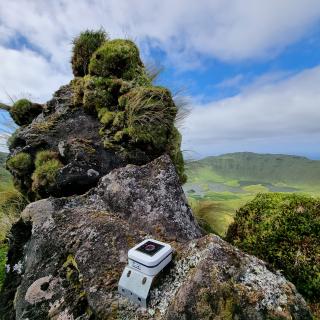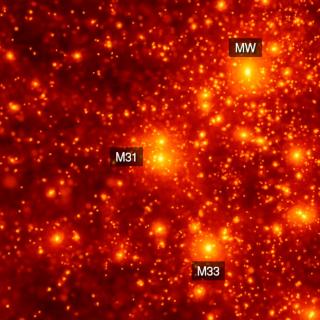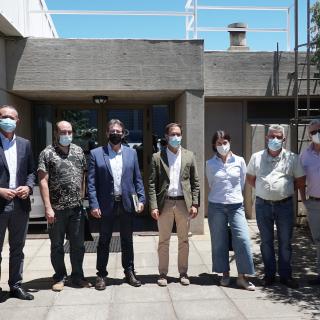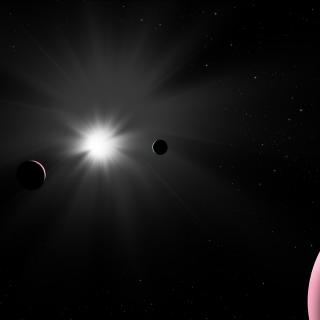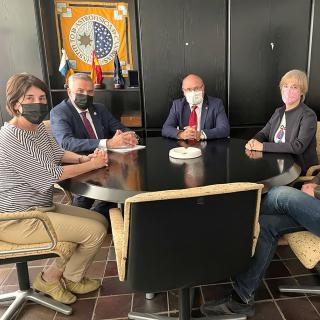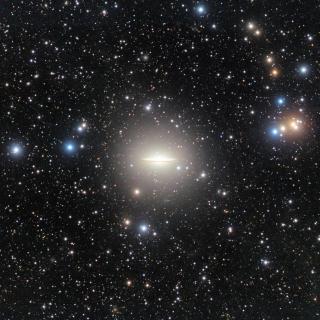
According to the latest cosmological models, large spiral galaxies such as the Milky Way grew by absorbing smaller galaxies, by a sort of galactic cannibalism. Evidence for this is given by very large structures, the tidal stellar streams, which are observed around them, which are the remains of these satellite galaxies. But the full histories of the majority of these cases are hard to study, because these flows of stars are very faint, and only the remains of the most recent mergers have been detected.
Advertised on
